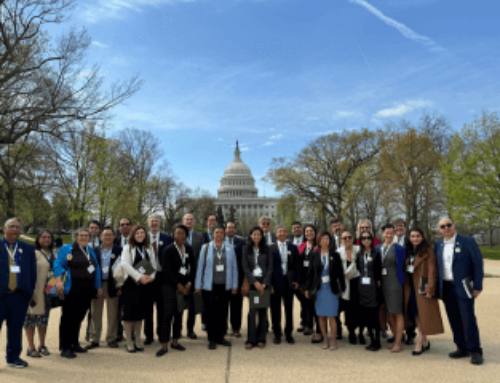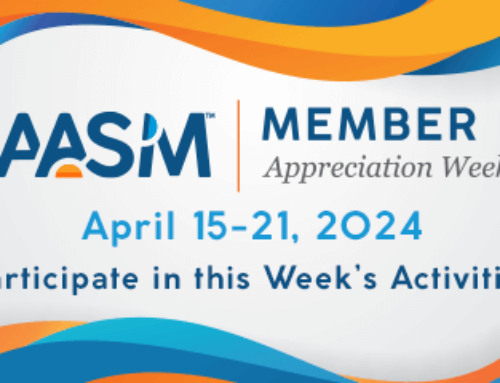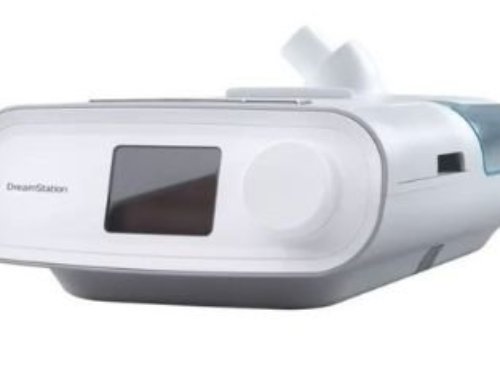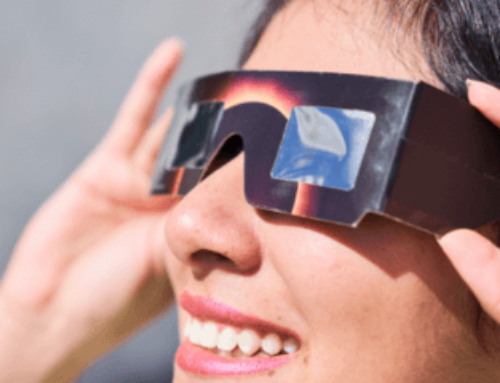Effective treatment of sleep disorders such as narcolepsy is important for health, safety, and quality of life
DARIEN, IL – A new clinical practice guideline developed by the American Academy of Sleep Medicine provides recommendations for the treatment of central disorders of hypersomnolence. These sleep disorders cause excessive sleepiness despite a sufficient amount of nocturnal sleep.
The guideline, available online as an accepted paper in the Journal of Clinical Sleep Medicine, provides recommendations to guide clinicians in choosing a prescription medication to treat disorders such as narcolepsy, idiopathic hypersomnia, and Kleine-Levin Syndrome. Twenty of the recommendations address medications for adult patients, including two new narcolepsy treatments — solriamfetol and pitolisant — approved in 2019 by the U.S. Food and Drug Administration. Two additional recommendations address medications for the treatment of narcolepsy in pediatric patients, including sodium oxybate, approved by the FDA in 2018 for use in children who are at least 7 years of age.
“Central disorders of hypersomnolence are rare neurological disorders that can affect safety, work or school functioning, and social relationships due to crippling daytime sleepiness, fatigue, and impaired attention,” said Dr. Kiran Maski, chair of the AASM task force and a pediatric neurologist and sleep medicine physician at Boston Children’s Hospital. “The AASM guideline will help clinicians determine the best treatment options for their patients to improve excessive daytime sleepiness, disease severity, and quality of life.”
The guideline was developed by an expert task force and approved by the AASM board of directors. The process included a systematic literature review, meta-analyses, and assessment of the evidence using the GRADE methodology. A draft of the guideline was made available for public comment.
The recommendations are based on the clinical significance of the outcomes and an overall assessment of the quality of evidence, beneficial and harmful effects, patient values and preferences, and resource use. The interventions are compared to no treatment. A “strong” recommendation indicates that most patients would benefit from the treatment. A “conditional” recommendation reflects a lower degree of certainty due to the strength of the evidence but still indicates a majority of patients would benefit from the treatment. The ultimate judgment regarding any specific treatment must be made by the treating clinician and the patient, taking into consideration the individual circumstances of the patient, available treatment options, and resources.
“Medications shouldn’t be the one and only treatment for hypersomnolence,” said Maski. She advises clinicians to consider additional non-pharmacologic measures as part of the treatment plan, including sleep hygiene, work/school accommodations, and cognitive behavioral therapy.
The guideline was endorsed by the Child Neurology Society, Hypersomnia Foundation, Narcolepsy Network, Project Sleep, and Wake Up Narcolepsy, and it was affirmed by the American Academy of Neurology.
View more AASM practice guidelines.
###
To request a copy of the clinical practice guideline, “Treatment of central disorders of hypersomnolence,” or the systematic review, meta-analysis, and GRADE assessment, or to arrange an interview with an AASM spokesperson, please contact the AASM at 630-737-9700 or media@aasm.org.
Accepted papers, which are published online prior to their final inclusion in an issue, are not embargoed. The guideline is scheduled to be published in the September 2021 issue of the Journal of Clinical Sleep Medicine.
About the American Academy of Sleep Medicine
Established in 1975, the American Academy of Sleep Medicine is advancing sleep care and enhancing sleep health to improve lives. The AASM has a combined membership of 11,000 accredited member sleep centers and individual members, including physicians, scientists and other health care professionals.









